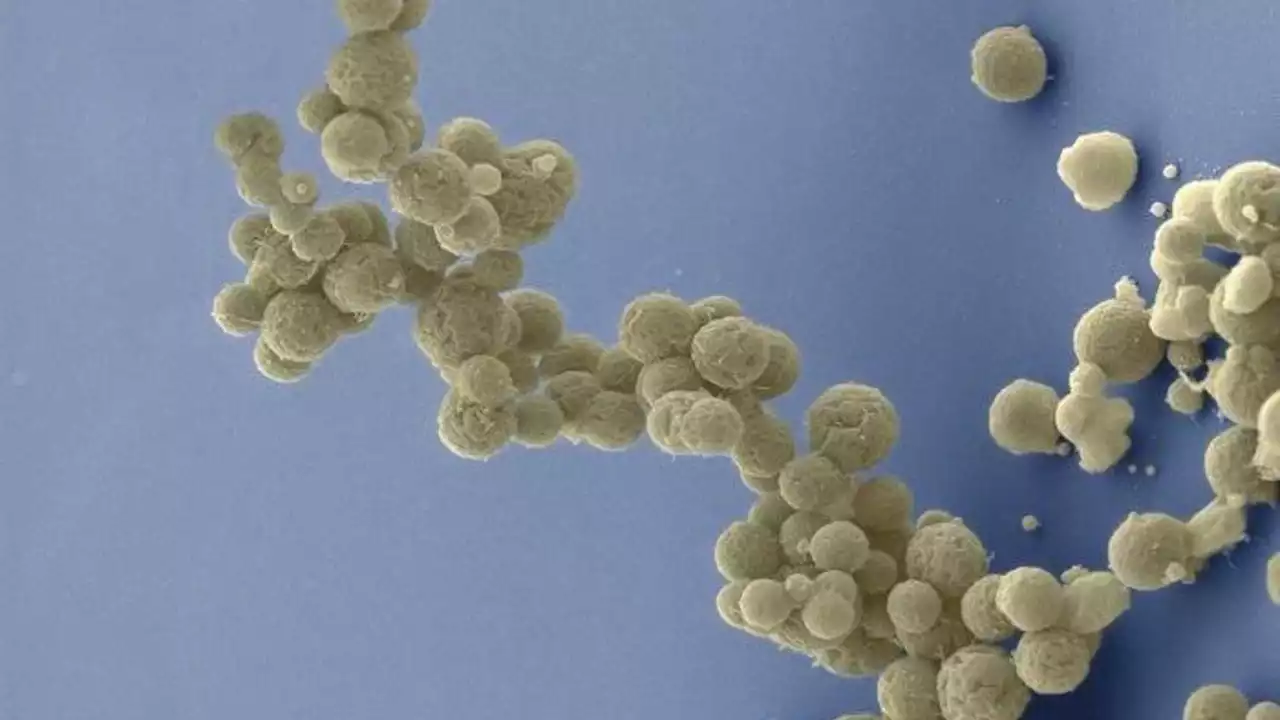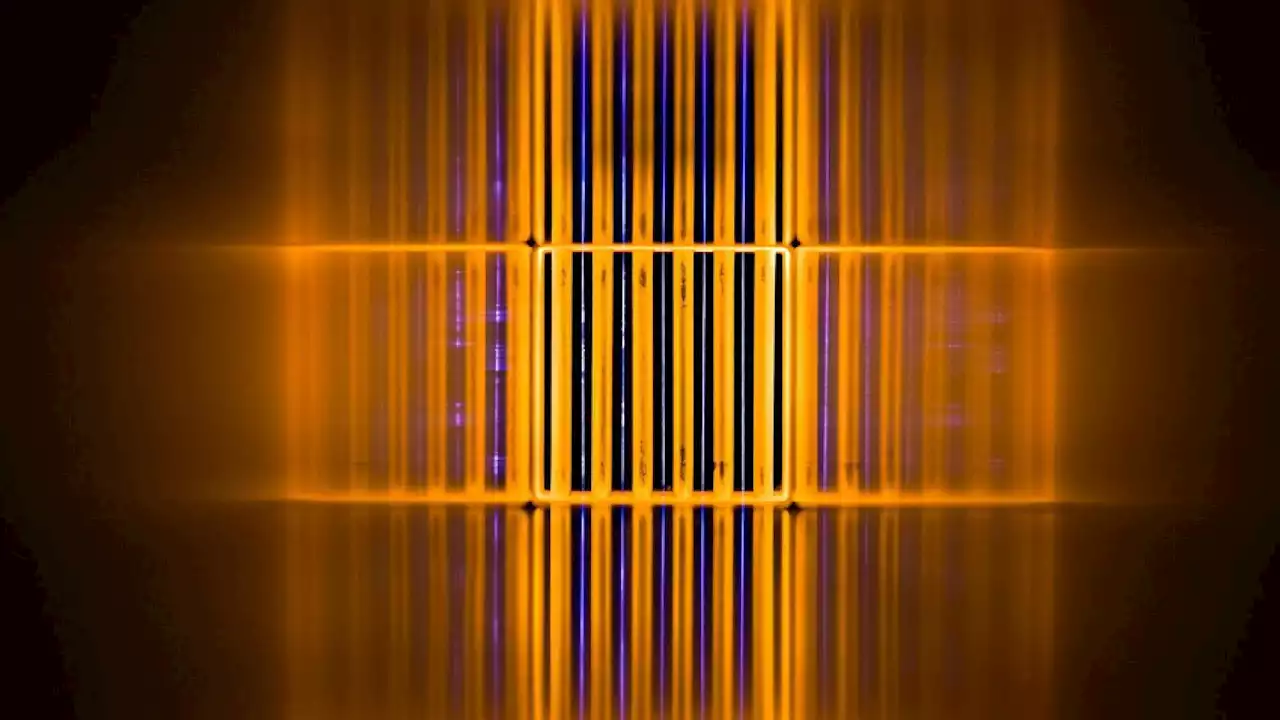They use something called the active “plasmacoustic metalayer.”
“As expected, the communication between the electrical control system of the plasma and the acoustic environment is much faster than with a membrane.”The plasma has the added benefit that it can be tuned to work at low frequencies as well as high ones and is more compact than most conventional solutions.
“100 percent of the incoming sound intensity is absorbed by the metalayer and nothing is reflected back,” said EPFL’s Acoustic Group’s senior scientist Hervé Lissek. This results in a compact plasma absorber that can tune out an audible sound frequency of 20 Hz with a plasma layer of only 17 mm thick. Most conventional noise reduction solutions, like absorbing walls, need to be at least 4 m thick, severely limiting feasibility.
“The most fantastic aspect in this concept is that, unlike conventional sound absorbers relying on porous bulk materials or resonant structures, our concept is somehow ethereal. We have unveiled a completely new mechanism of sound absorption, that can be made as thin and light as possible, opening new frontiers in terms of noise control where space and weight matter, especially at low frequencies” says Hervé Lissek.
“This strategic collaboration leverages EPFL's expertise in material science and acoustics, as well as Sonexos' proven track record in delivering high-performance audio solutions,” explained
Singapore Latest News, Singapore Headlines
Similar News:You can also read news stories similar to this one that we have collected from other news sources.
 Scientists create highly conductive metallic gel for 3D printing at room temperatureThis metallic gel is made from a mixture of micron-scale copper particles suspended in water and a small amount of a liquid indium-gallium alloy.
Scientists create highly conductive metallic gel for 3D printing at room temperatureThis metallic gel is made from a mixture of micron-scale copper particles suspended in water and a small amount of a liquid indium-gallium alloy.
Read more »
 Anti-Aging Injection Boosts Memories in Monkeys, Scientists FindKlotho, a naturally-occurring protein that declines in mammals with age, can improve the cognitive function of aging rhesus monkeys.
Anti-Aging Injection Boosts Memories in Monkeys, Scientists FindKlotho, a naturally-occurring protein that declines in mammals with age, can improve the cognitive function of aging rhesus monkeys.
Read more »
 'Life finds a way': Scientists study evolution in synthetic bacteria with limited genesThe results demonstrated that synthetic cells may develop at almost the same rate as normal cells.
'Life finds a way': Scientists study evolution in synthetic bacteria with limited genesThe results demonstrated that synthetic cells may develop at almost the same rate as normal cells.
Read more »
![]() Scientists Are Using Drone Cameras to Study the Ages of Dolphin GroupsResearchers in Hawaii are using drone cameras to study the ages of dolphins in free-ranging groups to better understand their populations.
Scientists Are Using Drone Cameras to Study the Ages of Dolphin GroupsResearchers in Hawaii are using drone cameras to study the ages of dolphins in free-ranging groups to better understand their populations.
Read more »
 Reeling Arctic glaciers are leaving bubbling methane in their wake, scientists warnScientists working in one of the world’s fastest warming places found that rapidly retreating glaciers are triggering the release of methane, a potent greenhouse gas that causes global temperatures to rise, into the atmosphere. Here's what to know.
Reeling Arctic glaciers are leaving bubbling methane in their wake, scientists warnScientists working in one of the world’s fastest warming places found that rapidly retreating glaciers are triggering the release of methane, a potent greenhouse gas that causes global temperatures to rise, into the atmosphere. Here's what to know.
Read more »
 Scientists experiment with lasers to predict volcanic eruptionsResearchers have conceived a new technique to help predict how volcanoes will behave. The method can forecast where and when eruptions will occur.
Scientists experiment with lasers to predict volcanic eruptionsResearchers have conceived a new technique to help predict how volcanoes will behave. The method can forecast where and when eruptions will occur.
Read more »
